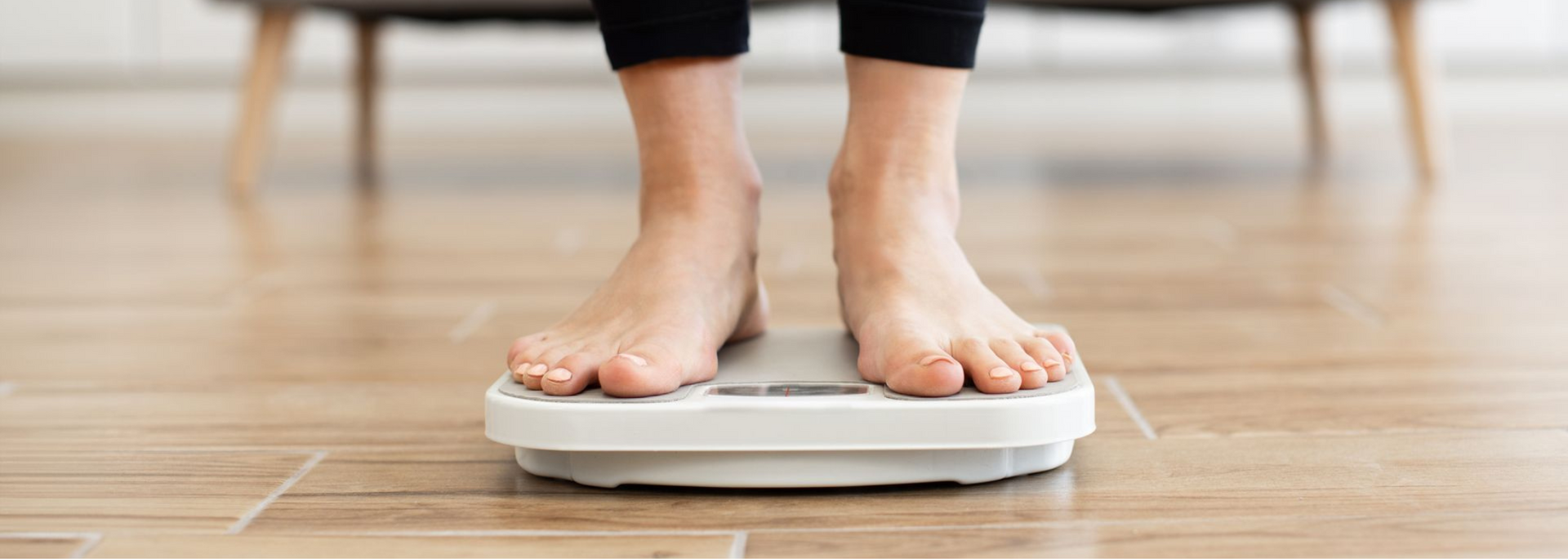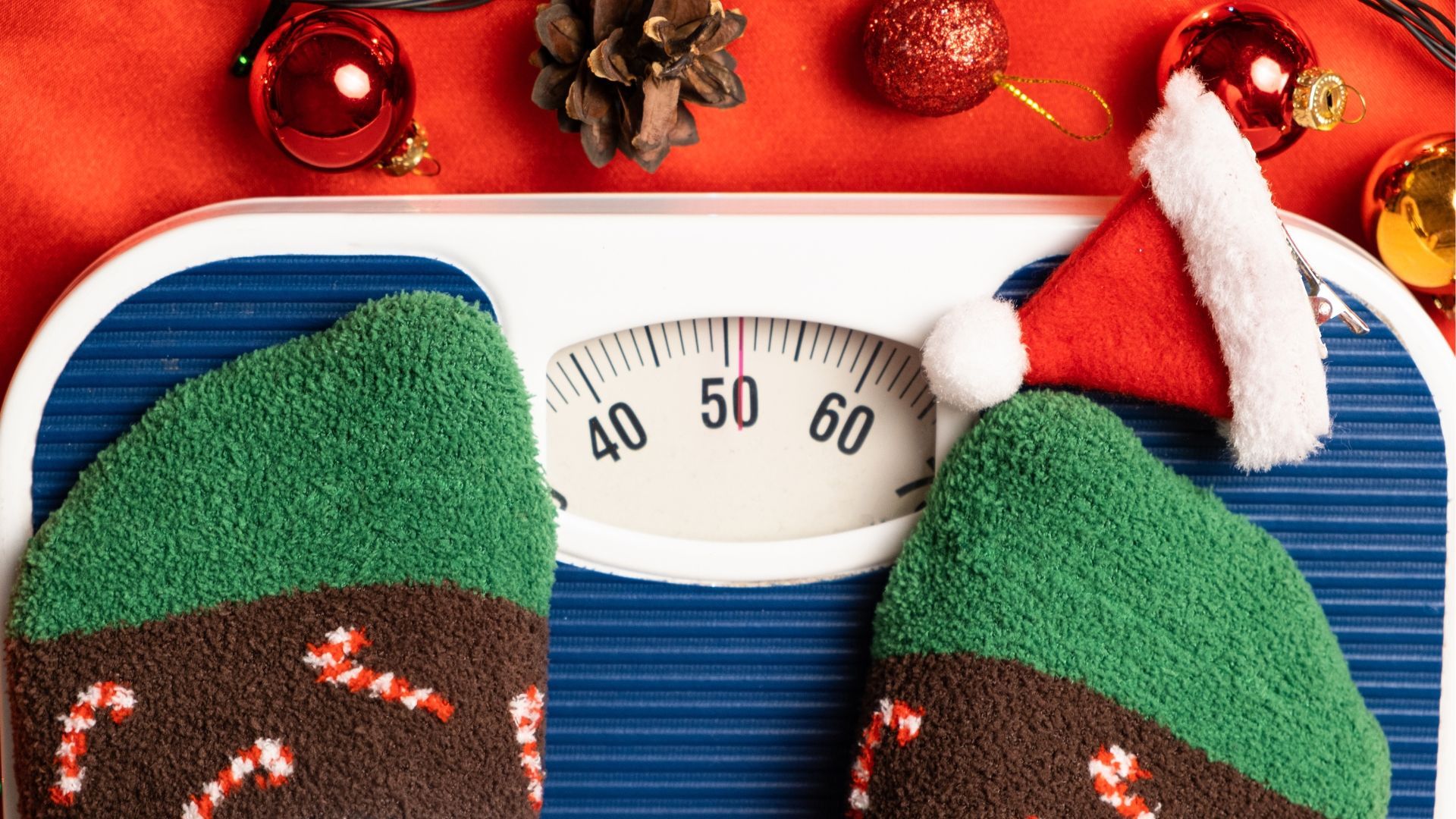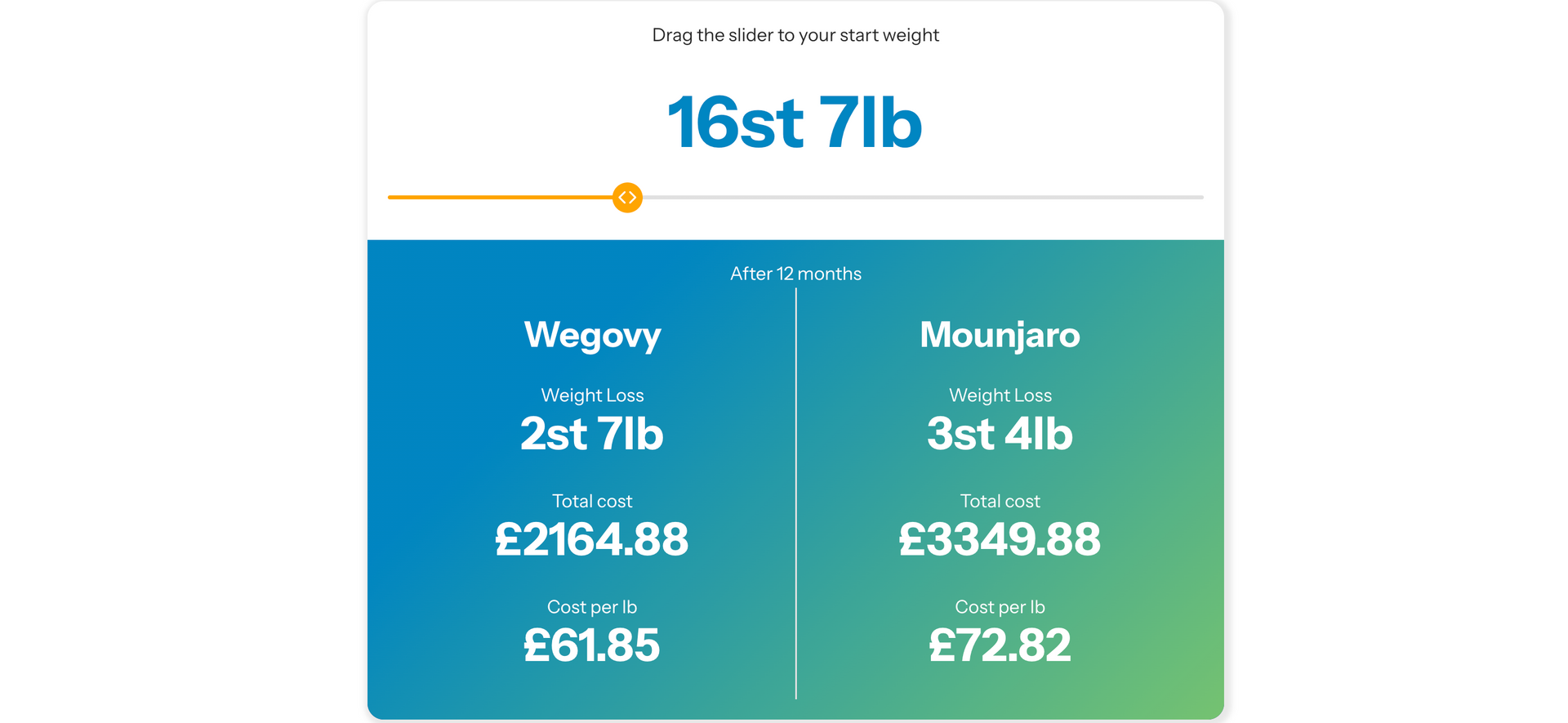The non-surgical weight loss balloon: how does it work?
What is the non-surgical weight loss balloon? Discover how it works, potential side effects and alternatives.

Bariatric surgery, also known as 'weight-loss surgery', is a type of medical procedure used to treat obesity.
Usually, bariatric surgery involves reducing the capacity of the stomach. Less room inside your stomach means you'll feel fuller sooner, so it's easier to eat less food.
The non-surgical weight loss balloon is among the least invasive of these procedures. Let's learn more about it.
What is an intragastric balloon?
The non-surgical weight loss balloon is properly known as a 'gastric balloon' or 'intragastric balloon'. It's a type of medical device used in a non-surgical obesity treatment. This treatment was first developed in the late 1970s and has been refined and developed in the years since.
It's classed as a non-surgical procedure because it doesn't involve incisions or surgery. Instead, a deflated silicone balloon is placed inside your stomach and then filled with saline (a sterile salt and water solution).
This has a similar effect as bariatric surgery. By taking up space in your stomach, the balloon limits how much you can eat and makes you feel full more quickly. Food also takes more time to digest, so you'll feel full for longer.
The balloon is left in place for up to six months to achieve the desired weight loss. Crucially, it also gives you time to break the destructive cycle of cravings and develop healthier eating habits.
Why only six months?
There's a very good reason that the balloon is only left in place for six months. Stomach acid can weaken the soft silicone if it stays in your stomach for any longer.
This would be bad news. The balloon might slowly deflate and become small enough to pass into the intestines. If not fully deflated, it could cause a blockage and – potentially – serious health complications.
What does the procedure involve, exactly?
In the standard modern procedure, the gastric balloon is inserted down the throat and into the stomach using an endoscope. This is a long, thin, flexible tube with a camera at the end.
The procedure is carried out by a trained endoscopist at a medical facility. They can use a numbing throat spray and may offer you muscle relaxant medication or sedation if needed.
The deflated silicone balloon is passed down into the stomach at the end of a narrow catheter tube. The doctor uses the endoscope camera to make sure it's in the right place.
Next, the balloon is filled with sterile saline and self-seals when full. The catheter detaches and comes back out with the endoscope.
The procedure takes approximately 20 to 30 minutes. However, it's best to allow an hour or two – especially if you'll be recovering from sedation. In this case, you also won't be able to drive and will need a lift home.
When it's time to remove the balloon, you'll have another appointment at the same facility. The endoscope is used to puncture the balloon, releasing the saline. The doctor can then use it to grab and remove the deflated balloon.
Isn't there a swallowable balloon available?
Yes. A new, less invasive procedure has recently been developed and is now widely available. This procedure uses a balloon made of polyurethane, which is thinner and more flexible than the conventional silicone balloon.
This procedure has become an attractive option because it doesn't require an endoscopy.
The deflated non-surgical gastric balloon is contained in a capsule attached to an extremely thin, flexible tube. The capsule is swallowed with water and an X-ray is taken to check it's in the right place in the stomach.
Next, the balloon is filled with saline through the tube and a second X-ray is taken to confirm the balloon is filled and sealed. Finally, the tube is gently pulled out. The whole procedure takes about 20 minutes.
All being well, you should not need any further clinic appointments. After about 16 weeks, a patented valve in the balloon automatically activates and completely deflates the balloon, which your body can then pass naturally.
What are the potential side effects and complications?
As the stomach adjusts to the presence of the gastric balloon, the most common side effects are:
- Nausea
- Vomiting
- Stomach cramps
- Indigestion
- Acid reflux
- Constipation
- Bloating
- Diarrhoea
You can minimise these side effects by following the dietary instructions provided.
These stress the importance of following a liquid-only diet to begin with, including broths (without 'bits') and protein shakes. You then progress onto purées, then soft foods and finally regular food as you feel more comfortable. You'll also get a list of foods and drinks to avoid that can irritate the stomach lining.
Anti-sickness, anti-acid and pain relief medications can also help.
Complications are rare but can include blockages, stomach ulceration and perforations.
Who's eligible for treatment?
Assessment for suitability is based on your body mass index (BMI). This is a measure of body fat calculated using your height and weight.

The latest guidelines¹ recommend weight loss surgery for people with the following BMIs:
- More than 30 if you have medical conditions that will likely improve with weight loss, such as high blood pressure, diabetes or high cholesterol. This is reduced to a BMI of 27.5 if you are of Asian or Afro-Caribbean origin.
- More than 35 if you do not have any associated medical problems. This is reduced to a BMI of 32.5 if you are of Asian or Afro-Caribbean origin.
The NHS can only fund this service within more narrow criteria.² A patient may qualify for NHS treatment if:
- They have a BMI of 35 or greater, as well as weight-related health problems such as diabetes, high blood pressure or sleep apnoea.
- They have a BMI of 40 or greater and no significant weight-related health problems.
Do you want to pursue bariatric surgery or a non-surgical weight loss balloon on the NHS? The first step is to talk to your GP. If appropriate, they can refer you to a local specialist.
How effective is the non-surgical weight loss balloon?
The average weight loss at the end of six months is two to three stone. But what about the long-term success rate?
With a little luck, the interruption to your old eating habits will mean a permanent change in your relationship with food. But healthy eating is only part of the picture – it's also vital to increase physical activity and build regular exercise into your routine.
Sadly, for many, this commitment to a healthier lifestyle proves to be a challenge. It's been shown that 37% to 79% of patients experience weight regain.³ ⁴
At
SemaPen, we understand that making these life-altering changes can only be done successfully with the right support. Our team of doctors, psychologists, dieticians and specialised nurses has been helping patients achieve their weight-loss goals for more than 20 years.
We specialise in expert-led,
at-home weight loss programmes using the injectable medications
Wegovy and
Mounjaro. However, our background as part of Phoenix Health means we can assess and signpost users to a full range of treatment options. This includes bariatric surgery procedures and various non-surgical alternatives.
Any questions? Feel free to
reach out to our team online.
Sources
1. Eisenberg, D. et al. (2023) "2022 American Society of Metabolic and Bariatric Surgery (ASMBS) and International Federation for the Surgery of Obesity and Metabolic Disorders (IFSO) Indications for Metabolic and Bariatric Surgery" Obesity Surgery, 33 https://doi.org/10.1007/s11695-022-06332-1
2.
https://www.nhs.uk/conditions/weight-loss-surgery/why-its-done/
3. Haddad, A.E. et al. (2019) "Intragastric balloon treatment of obesity: Long-term results and patient satisfaction" Turkish Journal of Gastroenterology, 30
https://doi.org/10.5152/tjg.2019.17877
4. Bawahab, M.A. et al. (2023) "Factors Affecting Weight Reduction after Intragastric Balloon Insertion: A Retrospective Study" Healthcare, 11(4)
https://doi.org/10.3390/healthcare11040600












